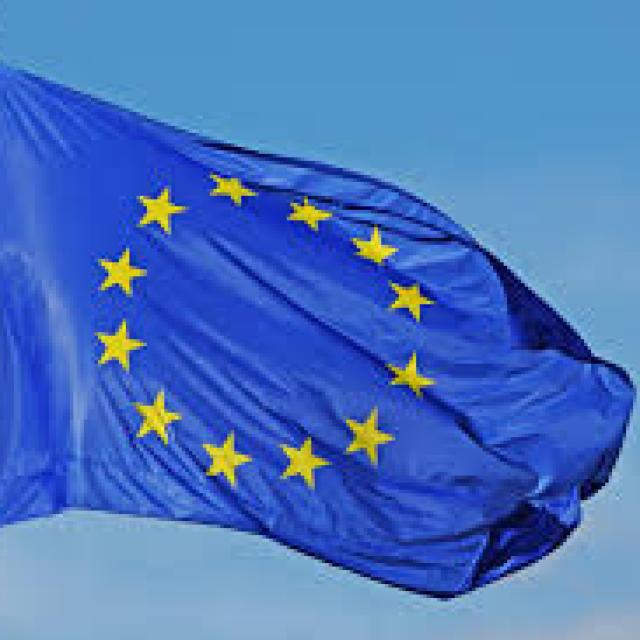The European Irrigation Association (EIA) is deeply concerned over the economic strain caused by recent US tariffs on EU imports, as well as the potential repercussions of EU retaliatory measures targeting US exports. These escalating trade tensions are creating significant challenges for the irrigation sector in Europe. These tensions are undermining the global competitiveness of European manufacturers on both sides of the Atlantic and disrupt the operational stability of a sector that plays a pivotal role in sustainable water management in agriculture or urban landscapes.

This endangers the economic viability of EU-based irrigation businesses and makes it even harder for farmers, private and public water managers to adopt sustainable practices and achieve long-term food security and sustainability goals set by the European Union. The EIA urges the European Commission to negotiate tariff exemptions for EU irrigation products with the US government, and to exclude US irrigation products from retaliatory tariffs.
Custom duties tariffs hamper EU irrigation sector’s competitiveness in both regions
The imposition of higher duties on EU-origin products by the US government has made it more difficult for European irrigation equipment to compete in the US market. The sector experiences that such tariffs are jeopardizing long-standing commercial relationships and threatening EU-manufactured irrigation goods market shares and future sales. EU companies may lose ground to suppliers from non-tariff regions offering cheaper alternatives on the US market, thereby posing a risk to those businesses that heavily depend on US market demand. U.S. tariffs on third-country goods may drive these countries to focus on Europe, offering cheaper, lower-quality irrigation components and systems, raising safety concerns compared to EU-made products.
Any EU countermeasures targeting US-made irrigation systems and components (be it plastics, aluminum, and electronic parts) pose a serious risk of inflating production costs and complicating supply chains. These pressures are particularly acute for specialized parts, where alternative sourcing is limited and compatibility with current systems is at stake. The resulting uncertainty will discourage long-term investment and innovation. But the main risk is that both professionals and consumers will ultimately face higher prices or a sharp decrease of products quality.
Irrigation companies may be compelled to raise their prices to offset the additional costs associated with EU tariffs on US imports, which poses the risk of becoming uncompetitive and potentially endangering entire businesses. Increased sales prices will make it harder for farmers (especially small and medium-sized), urban planners, sports fields managers and private consumers to access affordable, efficient irrigation solutions. End-users and consumers may then base their decisions solely on price, which could significantly affect the overall quality of irrigation installations.
Protecting the irrigation sector is protecting EU’s sustainability goals
Mechanized irrigation technologies are essential for improving water efficiency in large-scale farming, urban green spaces, and sports fields. Restricting access to these systems would not only hurt European distributors and service providers but also limit farmers’ and urban planners’ ability to adopt more sustainable practices. The progress in educating on irrigation and water conservation benefits would be undermined. This is regrettable, as irrigation is crucial for Europe's food security, urban sustainability, and climate adaptation.
Any disruption to the availability or affordability of irrigation technologies may delay the adoption of water-saving technologies and practices (e.g., drip irrigation, smart irrigation, precision irrigation) for sustainable agriculture and food systems promoted by the EU Green Deal and Farm-to-Fork. Similarly, farmers may be unable to meet CAP or ERDF-linked environmental prescriptions, jeopardizing both compliance to eco-schemes and (European, national and local) funding access that support sustainable irrigation practices. In any case, public subsidies or prices increases might be required to offset the increased costs, placing additional strain on national budgets.
Agriculture would not be the only area affected by the lack of competitiveness of the European irrigation sector. Urban green infrastructure and areas such as public parks, schoolyards, and recreational fields rely on irrigation. Irrigation systems enable cities to maintain green spaces, contributing to reducing air pollution and CO2 levels, which are EU goals outlined in the Zero Pollution Action Plan. Irrigation efficiency is prominent to safeguard the investment that this equipment represents, while maintaining biodiversity and public health benefits, which are also at core of the EU Green Deal. Similarly, sports fields, which require consistent and controlled watering, could face increased maintenance costs or reduced usability, that will be revealed especially during dry seasons.
The recently published Water Resilience Strategy (WRS) emphasizes the importance of water efficiency, digitalization, and equitable water allocation during droughts. To achieve these goals, it is essential to have an innovative and cost-effective irrigation sector. Any trade measures that disrupt supply chains or increase the costs of irrigation technologies would therefore directly impact the WRS priorities. In concrete terms, the trade situation could for instance have an impact on the implementation of the Water Reuse Regulation across Member States. Cost increase of projects will prevent their development and reduce the availability of compatible infrastructure to safely reuse treated wastewater.
Given the strategic importance of irrigation to Europe’s environmental and agricultural goals, the EIA calls on the European Commission to negotiate tariff exemptions for EU irrigation products with the US government, and to exclude US irrigation products from retaliatory tariffs. Doing so would help shield the sector from further economic disruption, maintain momentum toward climate resilience, and ensure that farmers, urban planners, and sports field managers continue to have access to the tools they need to manage water resources effectively.
